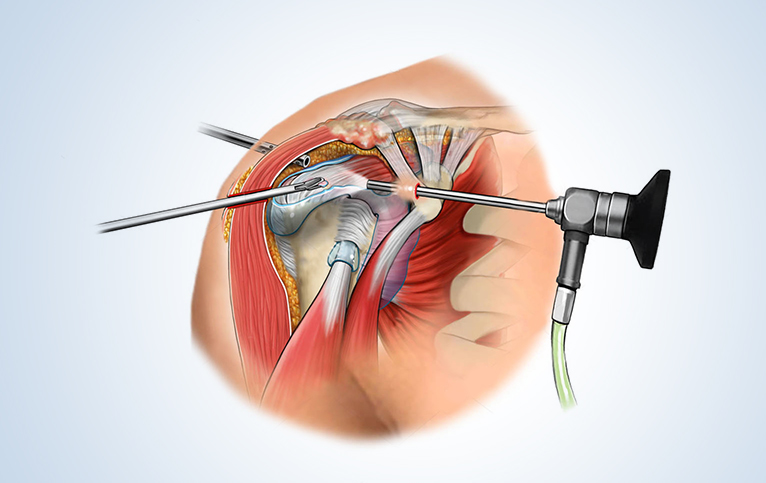Shoulder pain is a common complaint among people of all ages. Whether caused by injury, overuse, or medical conditions, shoulder pain can be debilitating, limiting daily activities. Understanding shoulder anatomy and the factors that contribute to shoulder pain is essential for effective treatment and prevention. This article explores the key components of shoulder anatomy and the common causes of shoulder pain.
Shoulder Anatomy: A Brief Overview
The shoulder is one of the most complex joints in the human body, allowing a wide range of motion. It comprises several bones, muscles, tendons, and ligaments that work together to provide stability and flexibility. Here’s a breakdown of its main components:
-
Bones:
- The shoulder consists of three main bones: the humerus (upper arm bone), the scapula (shoulder blade), and the clavicle (collarbone).
-
Joints:
- The shoulder has two primary joints: the glenohumeral joint (between the humerus and scapula) and the acromioclavicular joint (between the clavicle and scapula). These joints facilitate movement and allow the arm to rotate in various directions.
-
Muscles:
- The shoulder’s primary muscles include the deltoid, rotator cuff muscles (supraspinatus, infraspinatus, teres minor, and subscapularis), and trapezius. These muscles control movement and stabilize the shoulder during activities.
-
Tendons and Ligaments:
- Tendons connect muscles to bones, while ligaments connect bones to other bones, providing support and stability to the shoulder.
Common Causes of Shoulder Pain
Several conditions and injuries can lead to shoulder pain. Understanding these causes can help in diagnosing and treating shoulder discomfort.
-
Rotator Cuff Injuries:
- The rotator cuff is a group of muscles and tendons that stabilize the shoulder. Rotator cuff injuries, such as tears or tendinitis, are common causes of shoulder pain, especially in athletes and older adults.
-
Frozen Shoulder (Adhesive Capsulitis):
- Frozen shoulder occurs when the shoulder joint becomes stiff and painful due to inflammation. This condition restricts movement and can last for months or even years without proper treatment.
-
Shoulder Impingement:
- Impingement happens when the rotator cuff tendons are compressed during shoulder movements, causing pain and limited mobility. It’s often caused by repetitive overhead activities like swimming or lifting.
-
Dislocation:
- Shoulder dislocation occurs when the head of the humerus pops out of the glenoid (socket). This injury can result in severe pain and requires immediate medical attention.
-
Arthritis:
- Osteoarthritis, a degenerative joint condition, can affect the shoulder, leading to pain, stiffness, and reduced range of motion. Rheumatoid arthritis, an autoimmune disorder, can also cause shoulder pain.
-
Bursitis:
- The shoulder contains small, fluid-filled sacs called bursae that cushion the bones and muscles. Inflammation of these sacs, known as bursitis, can cause significant shoulder discomfort, particularly with movement.
Preventing and Managing Shoulder Pain
Preventing shoulder pain involves maintaining good posture, avoiding overuse, and performing regular shoulder-strengthening exercises. If you experience shoulder pain, early intervention is key. Rest, physical therapy, and anti-inflammatory medications can help alleviate discomfort and promote healing.
Conclusion:
Understanding shoulder anatomy and the common causes of shoulder pain is the first step in managing and preventing shoulder-related issues. Whether due to injury, overuse, or medical conditions, shoulder pain can significantly impact daily life. With proper care and attention, most shoulder pain conditions can be effectively treated, allowing individuals to return to normal activities.



